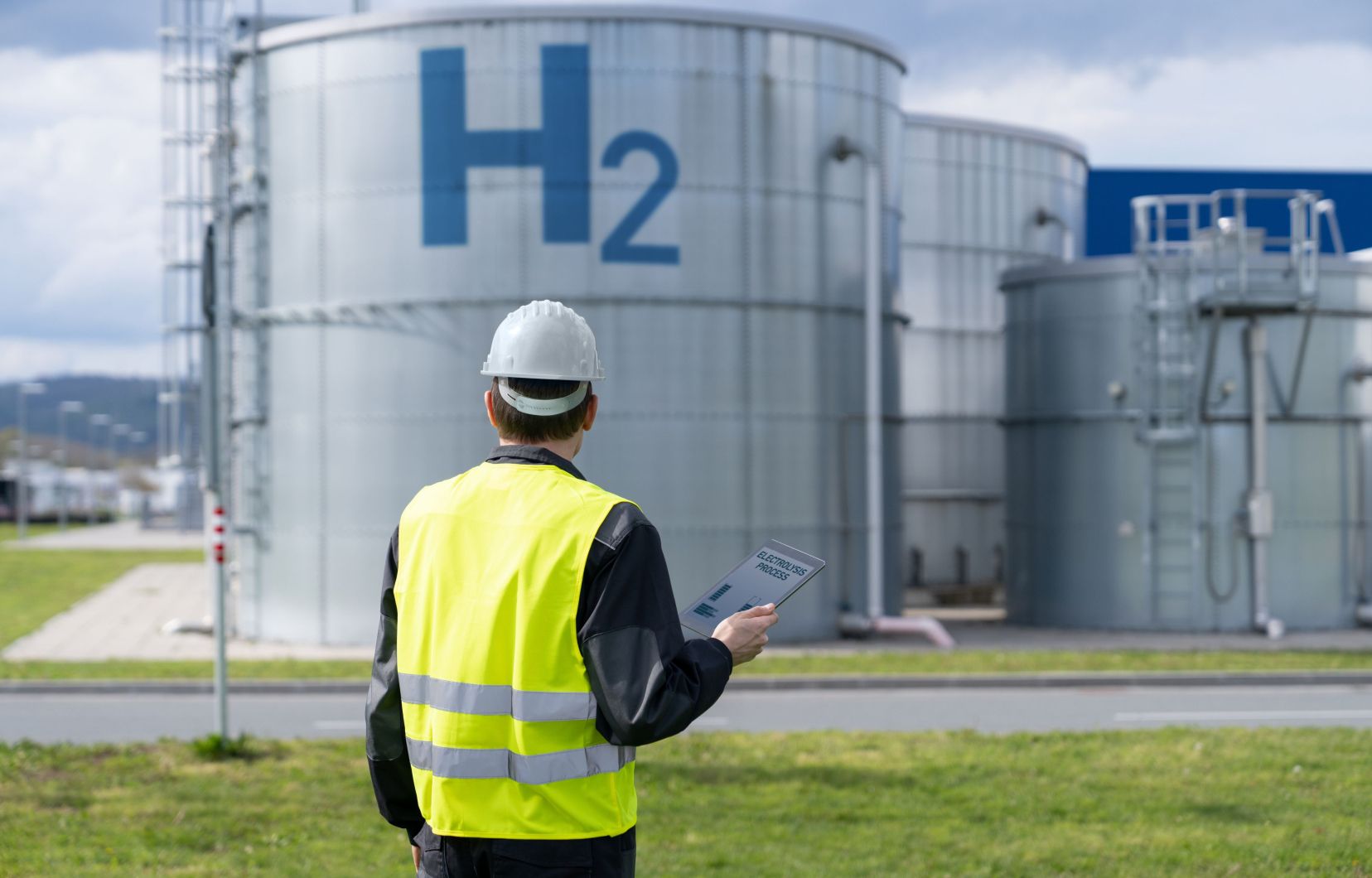This text is part of the special issue Climate Issues section
Hydrogen, an energy source that does not emit any greenhouse gases when burned, is a dream for decarbonizing our economies. While it is traditionally expensive and complex to produce, the discovery of natural sources of this gas opens up new possibilities.
The most abundant chemical element in the universe, hydrogen has been a dream come true for a long time. In the race for energy transition, more and more governments are banking on so-called “green” hydrogen to replace the production of hydrogen from fossil fuels. This technique consists of extracting hydrogen molecules by electrolysis of water using hydroelectricity or another renewable energy.
But there is also natural hydrogen, called white hydrogen, in the Earth’s subsoil. Since the production of green hydrogen is expensive, “white hydrogen could be produced at a lower cost,” says Jasmin Raymond, professor at the Water, Earth and Environment Center of the National Institute for Scientific Research (INRS).
Potential in Quebec
To assess the state of knowledge and the potential of this resource in Quebec, an INRS team received funding from the Ministry of Economy, Innovation and Energy. Its members conducted a literature review to identify promising regions. “The concept put forward is that there would be reservoirs of natural hydrogen similar to those where oil is found,” explains Mr. Raymond.
Scientists have been interested in three mechanisms by which natural hydrogen could end up in Quebec soil. First, water radiolysis, which occurs when weakly radioactive rocks decompose water, producing hydrogen. In other cases, it is the hot water present in the subsoil that transforms certain minerals, thereby producing hydrogen emanations (this is called hydrothermal alteration). Third possibility: the Earth’s mantle produces hydrogen naturally, which slowly infiltrates towards the surface.
Through its research, the team has found several promising regions in Quebec: the Monteregian Hills, the sedimentary basins of the Otish and Mistassini Mountains, and several areas of interest in Abitibi. “Now, can we detect gas emissions there, which are signs of a large accumulation at depth?” asks Mr. Raymond. Exploration methods and regulations must therefore be adapted before even knowing whether it will be exploitable on a large scale. “All of this will tell us whether there is a resource or not,” notes the man whose characterization work could take nearly a decade.
Not the miracle solution
The researcher does not believe, however, that natural hydrogen should be used everywhere or that it is the miracle solution to our energy transition. “In the short term, we need to electrify everything possible, but some sectors of the economy are difficult to decarbonize, such as heavy industry,” explains Jasmin Raymond.
There are still many obstacles before potential exploitation, and promises must be tempered. “To date, no one is exploiting natural hydrogen in significant quantities. Once we know that there is some, we will have to extract it, ensure that the flow is sufficient…” adds Normand Mousseau, full professor of physics at the University of Montreal.
Not to mention that hydrogen, a very light gas, leaks easily. It also needs to be liquefied to store it better, which takes a lot of energy. “For the energy transition, a single technology will not solve all the problems. It is a combination that will allow us to achieve our greenhouse gas reduction objectives,” concludes Mr. Raymond.
Renewable natural gas: scratching the green varnish
This content was produced by the Special Publications Team of Dutyrelevant to marketing. The writing of the Duty did not take part in it.
